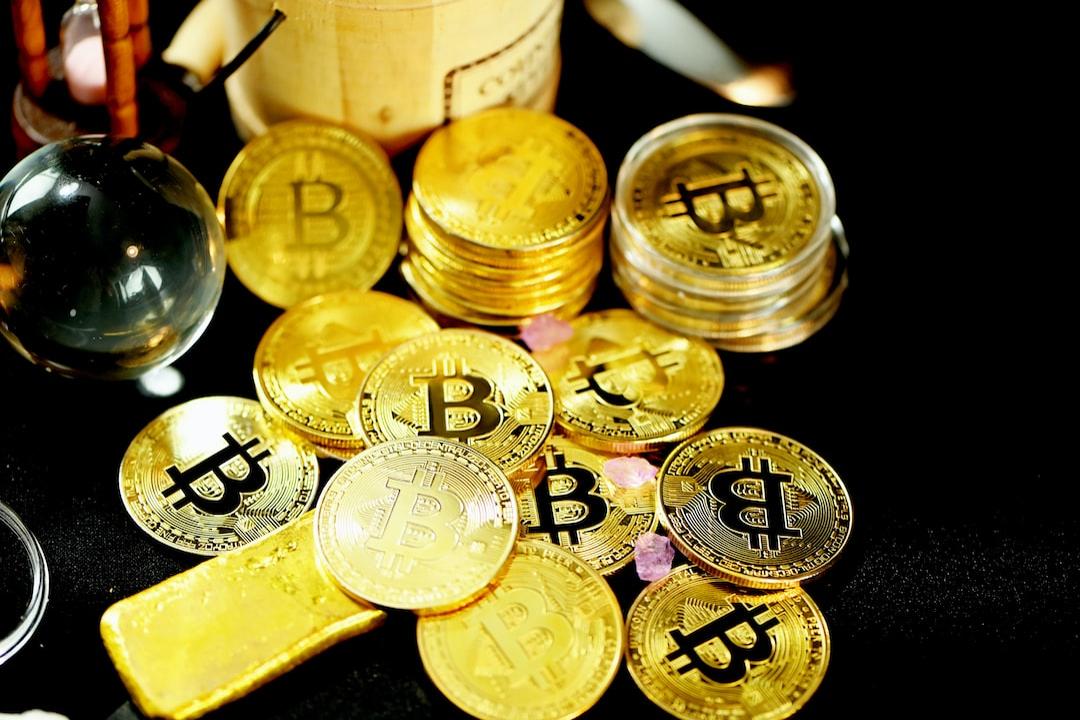The upgrade of the Polygon proof-of-stake (PoS) network is set to take place on September 4, and with it comes the replacement of the original MATIC token with POL (POL) tokens. Polygon Labs introduced the Ethereum contract for the POL token on October 25 as part of the Polygon 2.0 roadmap, aimed at supporting a wide range of zero knowledge-based layer 2 chains. The POL upgrade is designed to enhance the functionality of Polygon’s native token and power its expanding network of aggregated blockchains known as AggLayer.
The POL upgrade was initially launched on the Polygon testnet on July 17, allowing the community approximately six weeks to identify and resolve any potential issues before the migration to the mainnet. During the initial phase, the POL tokens will replace MATIC as the native gas and staking token for Polygon PoS. However, the Polygon community believes that the new “future-proof native token” has even greater potential.
According to the current consensus among the community, POL will play a broader role in the upcoming Polygon staking hub in 2025. This includes tasks such as block generation, zero-knowledge proof generation, and participation in Data Availability Committees (DACs).
To ensure a smooth transition from MATIC to POL, users are responsible for taking certain steps. MATIC holders on Polygon PoS will be automatically upgraded to POL without needing to take any action. On the other hand, MATIC holders on Ethereum, Polygon zkEVM, or centralized exchanges will need to bridge, update smart contracts, or use a migration contract for a manual upgrade. Failure to update RPC settings in wallets like MetaMask, Rabby, Zerion, etc., may result in the display of “MATIC” instead of “POL” as the token symbol for the native gas token on the Polygon PoS chain.
In addition to the POL upgrade, Polygon Labs is collaborating with the TON Application Chain (TAC) to bring Ethereum Virtual Machine (EVM) functionality to the TON ecosystem. The integration of Polygon CDK and the interoperability protocol Agglayer into TON L2 allows for the development of EVM-compatible decentralized applications (DApps) on TAC.
In other news, Saudi Arabia’s Riyadh has the potential to become a major player in the cryptocurrency industry. Check out our Crypto City Guide for more information.

